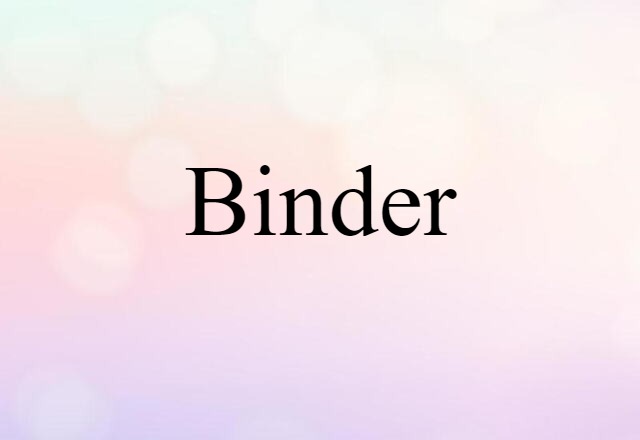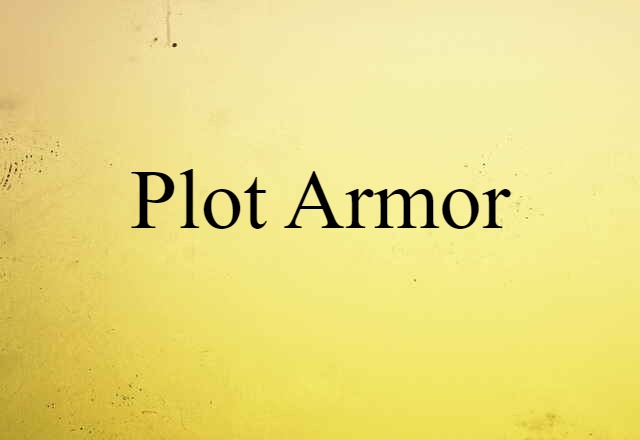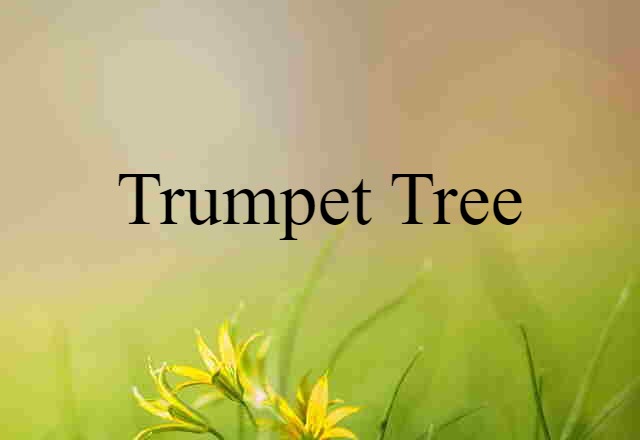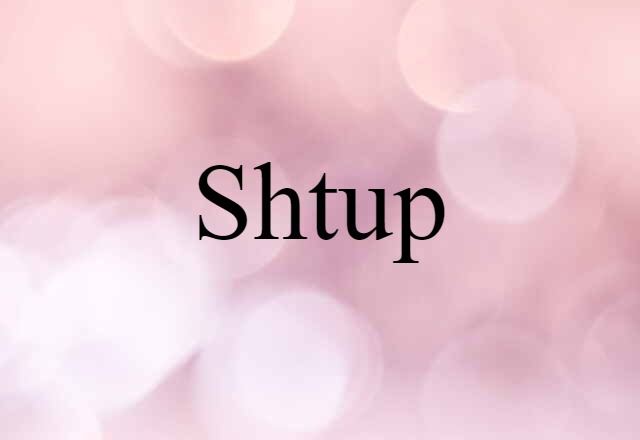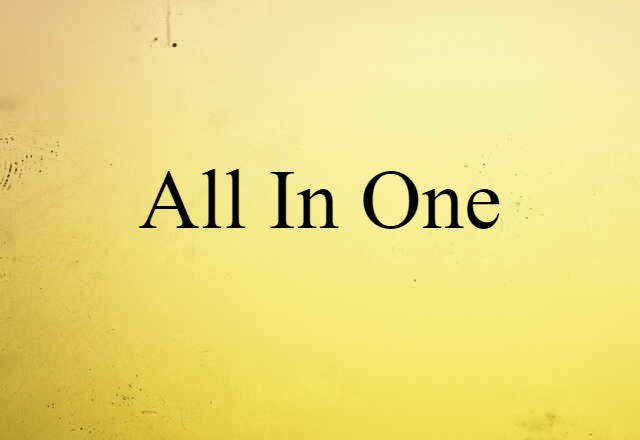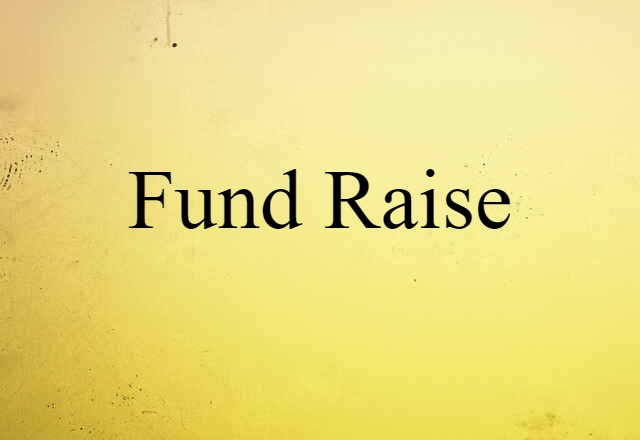- a person or thing that binds.
- a detachable cover, resembling the cover of a notebook or book, with clasps or rings for holding loose papers together: a three-ring binder.
- a person who binds books; a bookbinder.
- an agreement by which property or liability coverage is granted pending issuance of a policy.
- Agriculture.
- an attachment to a harvester or reaper for binding the cut grain.
- a machine that cuts and binds grain.
- any substance that causes the components of a mixture to cohere: Eggs, dairy, and gelatin are common binders in traditional recipes that vegan bakers have to replace.
- a component of paint in which pigment is suspended.
- (in powder metallurgy) a substance for holding compacted metal powder together while it is being sintered.
- Building Trades.
- a stone, as a perpend, for bonding masonry.
- a girder supporting the ends of two sets of floor joists.
- a substance for holding loose material together, as water or tar in a macadamized road, or polyurethane in polymer concrete.
- stirrup (def. 4).
- a compression garment for temporarily flattening a person's breast tissue, often used by gender-diverse people as part of their gender expression: My new binder gets my chest pretty flat, and it's more comfortable than my old one.
- a large quantity, especially of food.
- a firm cover or folder with rings or clasps for holding loose sheets of paper together
- a material used to bind separate particles together, give an appropriate consistency, or facilitate adhesion to a surface
- a person who binds books; bookbinder
- a machine that is used to bind books
- something used to fasten or tie, such as rope or twine
- a square meal
- a machine for cutting grain and binding it into bundles or sheaves
- an informal agreement giving insurance coverage pending formal issue of a policy
- a tie, beam, or girder, used to support floor joists
- a stone for binding masonry; bondstone
- the nonvolatile component of the organic media in which pigments are dispersed in paint
- (in systemic grammar) a word that introduces a bound clause; a subordinating conjunction or a relative pronoun
